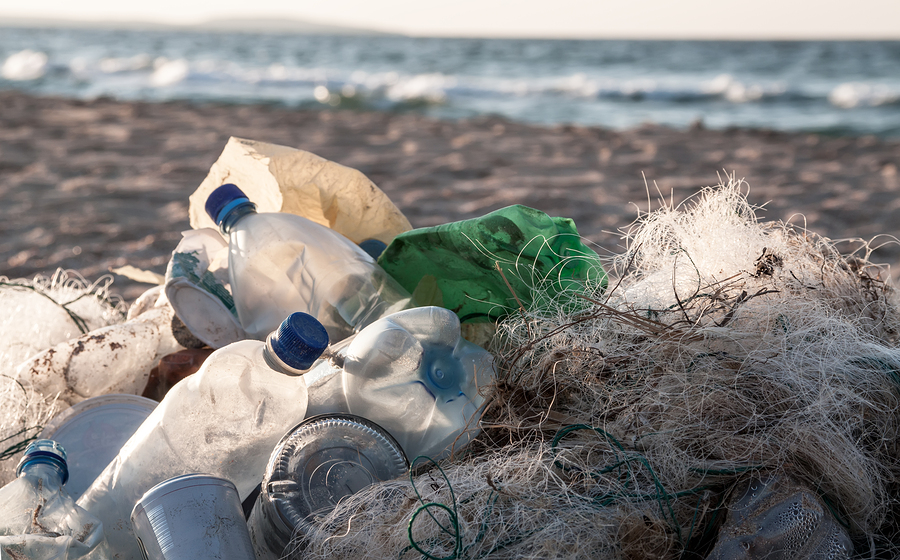A UN report into plastic recently stated that biodegradable plastics, often touted to as a solution to ocean waste, was a “false solution” to tackling the issue.
Due to the fact that many biodegradable plastics need to be treated at temperatures of at least 50°C in order to breakdown completely, much of the material floating on the surface of the world’s oceans are unable to biodegrade as advertised.
A new breakthrough by Zheng Huang, an organic chemist at the Chinese Academy of Sciences however, has announced a new breakthrough involving the turning of waste plastic into liquid fuel.
Huang, who has spent the last four years developing the approach, has been able to degrade polythene, one of the most common forms of plastic in the world, at temperatures of as little as 150°C.
The process usually takes more than 400°C and the results offer nothing more than a mix of gas, oil, wax and char – producing nothing that can be used on a practical basis.
By adding an organometallic catalyst (a commercially available organic molecule doped with metal iridium), into the reaction, the inclusion is able to weaken the bonds that define the durable and stable structure of polythene.
Speaking to Gizmodo, Huang said that, “our products are much cleaner than those obtained by conventional [combustion] methods.”
The process enables the liquid to be used as a diesel fuel, though the challenge will be in the scale of the technique – from grams to tonnes.
Huang said that the procedure works well as a plastic-to-catalyst ratio of 30 to one, though admitted that it was “not good enough if you want to commercialise,” adding that, “we want to see a ten thousand to one, or a million to one” ratio.
Every year factories produce 100 million tonnes of polythene each year, and landfills around the world are now comprised of the material by as much as 60 per cent.
Out of all the plastic produced, up to 50 per cent of it us used only once – creating catastrophic environmental problems across the world.
It is thought that plastic now covers around 40 per cent of the world’s ocean surfaces, and in January it was announced that humans have made enough plastic since the Second World War to coat every cm of the Earth in clingfilm.

